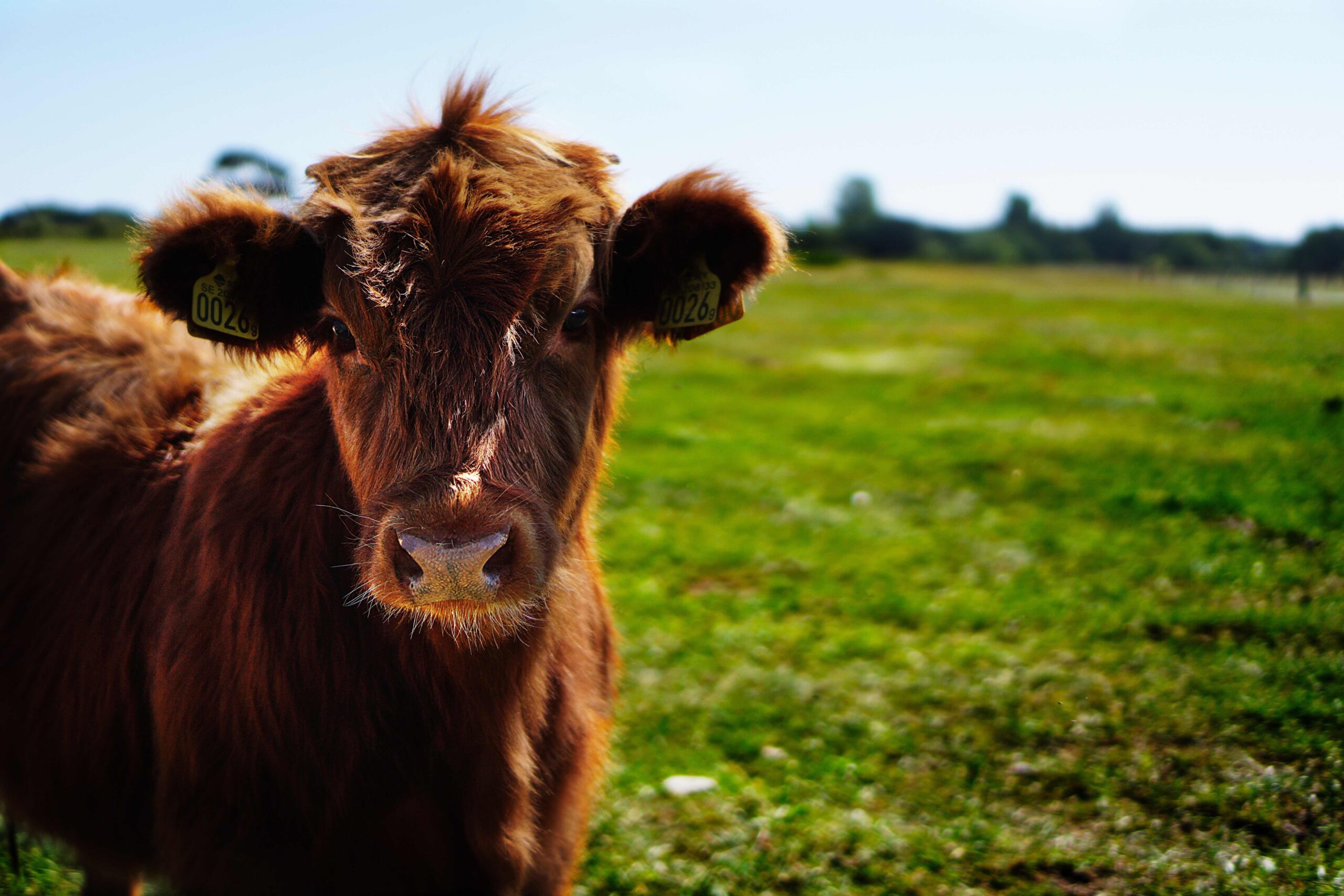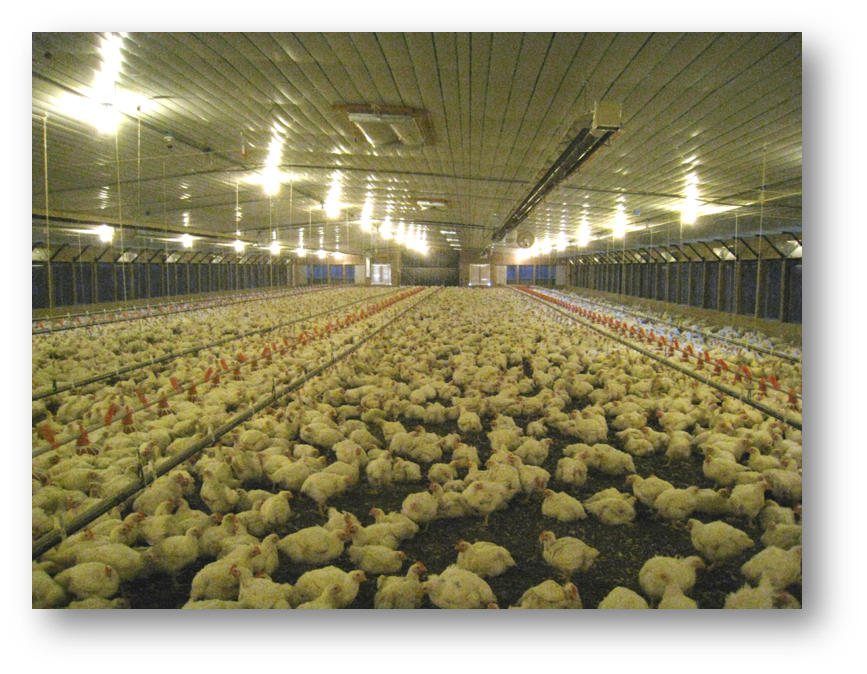The South-wide average pine sawtimber stumpage price has held steady during the third quarter of 2023, showing no significant fluctuations when compared to the levels observed in the previous four quarters. Pine sawtimber prices in the region averaged $25.98/ton. ranging from approximately $20/ton in Virginia to $32/ton in Florida (TimberMart-South, 2023). The figure was roughly $2/ton lower than the recent high in early 2022 but remained $2/ton above the pre-pandemic level. South-wide average hardwood sawtimber price rebounded slightly to $32.39/ton after three consecutive quarters of decline.
The recent decline in pine sawtimber prices can be attributed primarily to the softened demand for lumber. Pine sawtimber prices had a rally from mid-2020 to early 2022, primarily driven by robust demand for lumber. However, factors such as rising interest and mortgage rates, deteriorated housing affordability, and worries of an economic slowdown have cooled the general housing market since then. Single-family housing starts —a major driver for lumber and structural panel products— in September were at a seasonally adjusted annual rate of 963,000 units, falling below the long-term average of 1.1 million units.
The South-wide average stumpage prices for both pine pulpwood and hardwood pulpwood fell sharply over the past four quarters. Pine pulpwood stumpage prices averaged $7.59/ton in the third quarter of 2023. This represented a significant 21% year-over-year decline and a substantial 31% drop from the recent high recorded in early 2022. The decrease in wood fiber prices can be attributed to several factors, including the product shift in the paper sector, a rise in the utilization of recycled fiber, and a surge in the supply of mill residues resulting from recent expansions in lumber mills. The decline was even more pronounced in certain timber regions (e.g., South Carolina and Western North Carolina) due to the recent closure of paper mills.
The average delivered prices for sawtimber and pulpwood products fared relatively better than their stumpages prices, with only slight year-over-year declines in the range of 2% to 5%. Notably, the gap between delivered and stumpage prices for all timber products has significantly widened since 2020. The widening gap can be attributed to multiple factors, including inflation in fuel and material prices. Furthermore, the persistent decline in the logging crew of the region has played a significant role in the margin increase. Employment in the logging industry dropped 34% from 38,200 in 2000 to 25,300 in 2022 (U.S. Census Bureau, 2023). While improvements in productivity have helped mitigate some of the losses, this ongoing downward trend has left a lasting impact on the industry and the delivered prices.
Looking forward, pine sawtimber prices in the South are expected to continue its slow recovery from the 2008-2009 recession, driven by the anticipated growth in single-family housing starts and the expanding lumber production in the region. The historical low in existing housing inventory, coupled with homeowners maintaining their properties with low-rate financing, highlights the pressing need for the expansion of the new housing market in the foreseeable future.
Softwood lumber production capacity in the South has increased 25% since 2017 and reached 26.9 billion board feet (bbf) in 2022 (Forisk, 2022a). Announced greenfield construction and existing mill expansion suggest that the capacity could reach 28.5 bbf by 2025 (TimberMart-South, 2023; Forisk, 2022b). However, the 10-year accumulation of underbuilding and the resulting oversupply of sawtimber will likely continue to put downward pressure on pine sawtimber prices. Pine pulpwood prices are likely to remain flat or trend lower as lumber production increases and the structure change in the paper sector continues.
It is important to note that timber markets are largely local. Timber prices for a specific timber stand are influenced by various factors, including the timber species, quality and size of the trees, site accessibility, local timber inventory, mill types and capacities, logging capabilities, transportation capacity, and many other local considerations.
References
Forisk. 2022a. Forisk North American forest industry capacity database.
Forisk. 2022b. Forisk Research Quarterly: Fourth Quarter 2022.
TimberMart-South. 2023. Market news quarterly.
U.S. Census Bureau. 2023. QWI Explorer.









